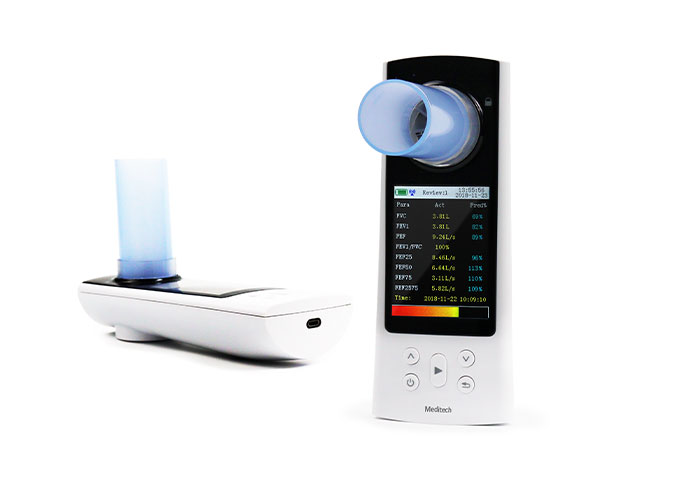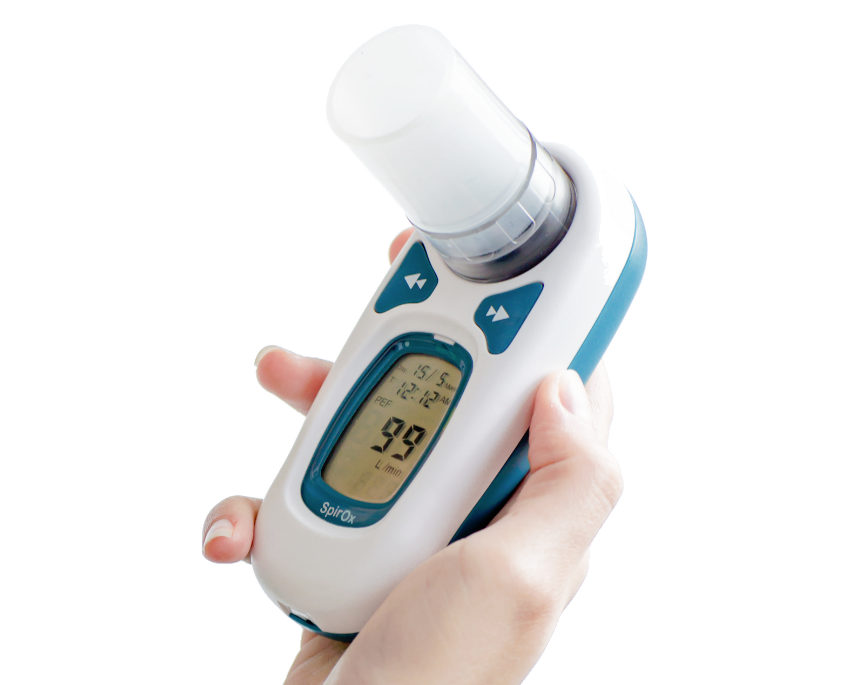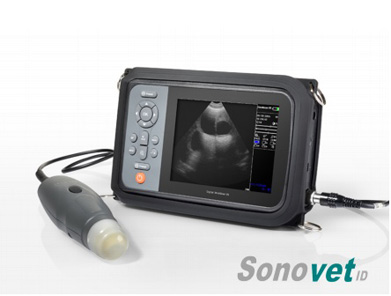

Education
Heart Rate Variability An Indicator of Autonomic Function
Heart-Rate Variability: An Indicator of Autonomic Function
Heart-rate variability (HRV) derived from the electrocardiogram (ECG), refers to the naturally occurring beat-to-beat changes in the heart rate.
The autonomic nervous system (ANS) is the portion of the nervous system that controls many of the body’s internal functions, including the heart rate, breath rate, movement of the gastrointestinal tract and secretion by different glands, among many other vital activities. It is well known that mental and emotional states directly affect the activity of the ANS. Many of IHM’s research studies have examined the influence of emotions on the ANS utilizing the analysis of heart-rate variability, or heart rhythms, which serves as a dynamic window into autonomic function and balance. While the rhythmic beating of the heart at rest was once believed to be monotonously regular, we now know that the rhythm of a healthy heart under resting conditions is actually surprisingly irregular. These moment-to-moment variations in heart rate are overlooked when average heart rate is calculated. Heart-rate variability (HRV), derived from the electrocardiogram (ECG), is a measurement of these naturally occurring, beat-to-beat changes in heart rate.
A number of studies have shown that HRV is an important indicator of both physiological resiliency and behavioral flexibility, reflecting an individual’s capacity to adapt effectively to stress and environmental demands. It has become apparent that while a large degree of instability is detrimental to efficient physiological functioning, too little variation can also be pathological. An optimal level of variability within an organism’s key regulatory systems is critical to the inherent flexibility and adaptability that epitomize healthy function. This principle is aptly illustrated by a simple analogy: just as the shifting stance of a tennis player about to receive a serve may facilitate swift adaptation, in healthy individuals, the heart remains similarly responsive and resilient, primed and ready to react when needed.
The normal variability in heart rate is due to the synergistic action of the two branches of the ANS, which act in concert with mechanical, hormonal and other physiological mechanisms to maintain cardiovascular system parameters in their optimal ranges and to permit appropriate reactions to changing external or internal conditions. Many people are surprised to learn that the heart actually sends more information to the brain than the brain sends to the heart via the ANS, and that the rhythmic patterns produced by the heart directly affect the brain’s ability to process information, including decision-making, problem-solving and creativity. They also directly affect how we feel.
Promoted Products
Meditech Brands
Meditech Equipment Co.,Ltd is part of Meditech Group. Product(s) described may not be licensed or available for sale in all countries. Sonotech, Sonovet, iSonic, FOs2pro, Dolphi, Defi, HeartRec,miniScan,Cardios,SpirOx,iBreath, Meditech and all corresponding design marks are trademarks of Meditech. The symbol indicates the trademark is registered. Patent and Trademark Office and certain other countries. All other names and marks mentioned are the trade names, trademarks or service marks of their respective owners. Please see the Instructions for Use for a complete listing of the indications, contraindications, warnings and precautions.
Legal notice Terms and conditions Cookie policy Privacy Policy Professional organisations Careers















